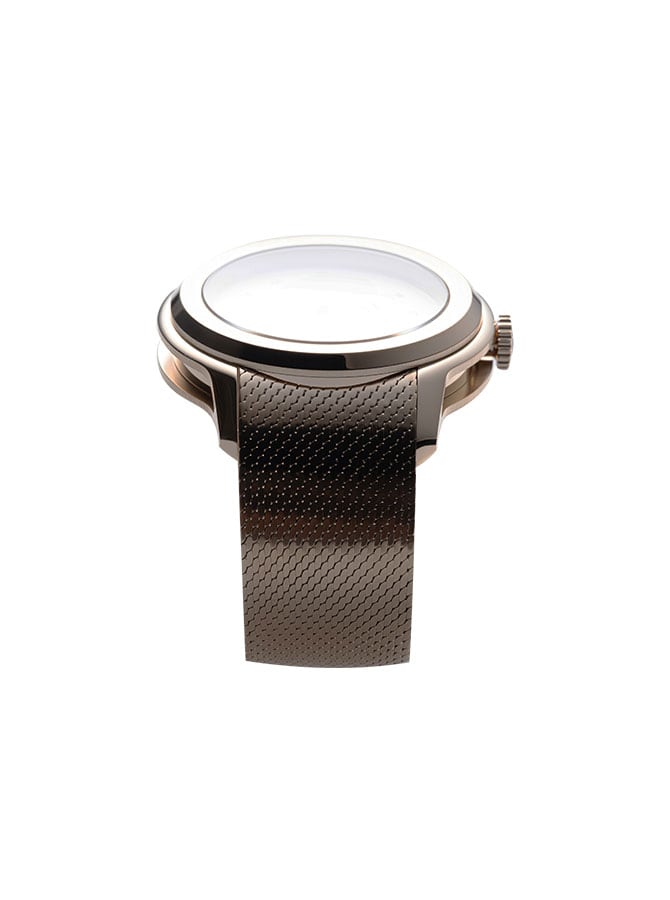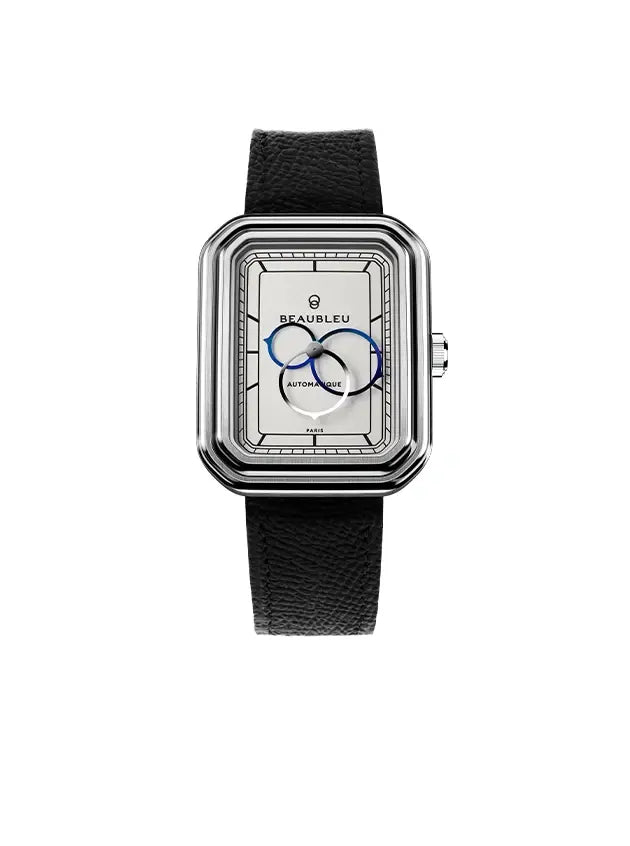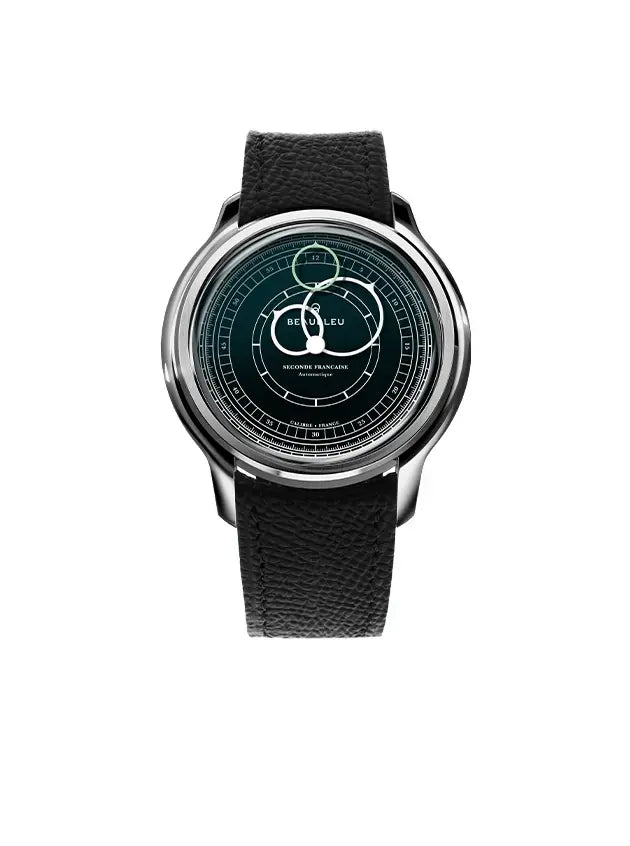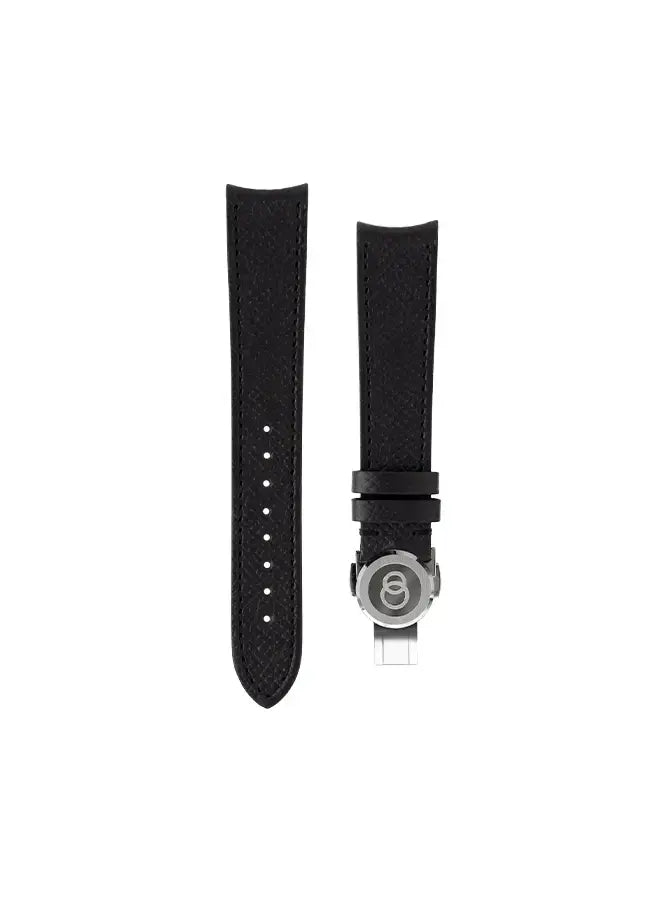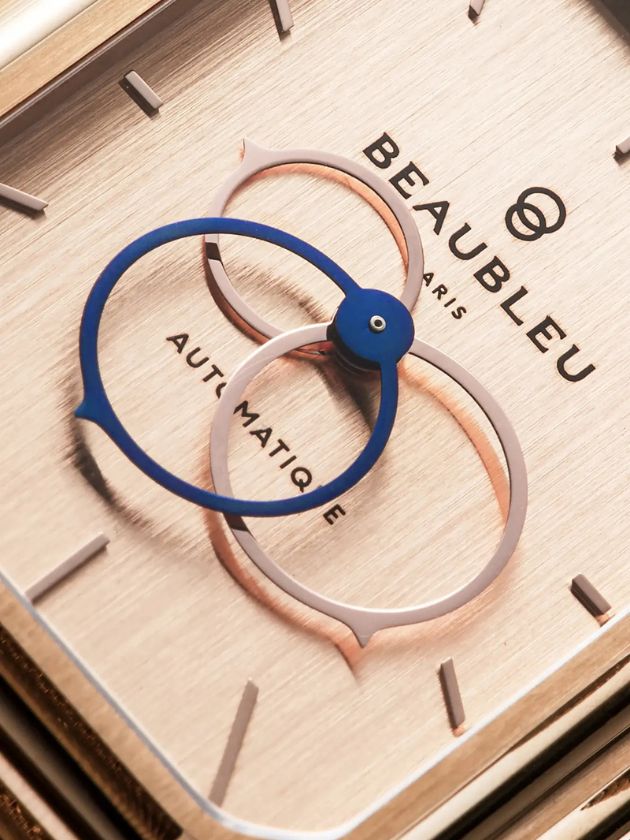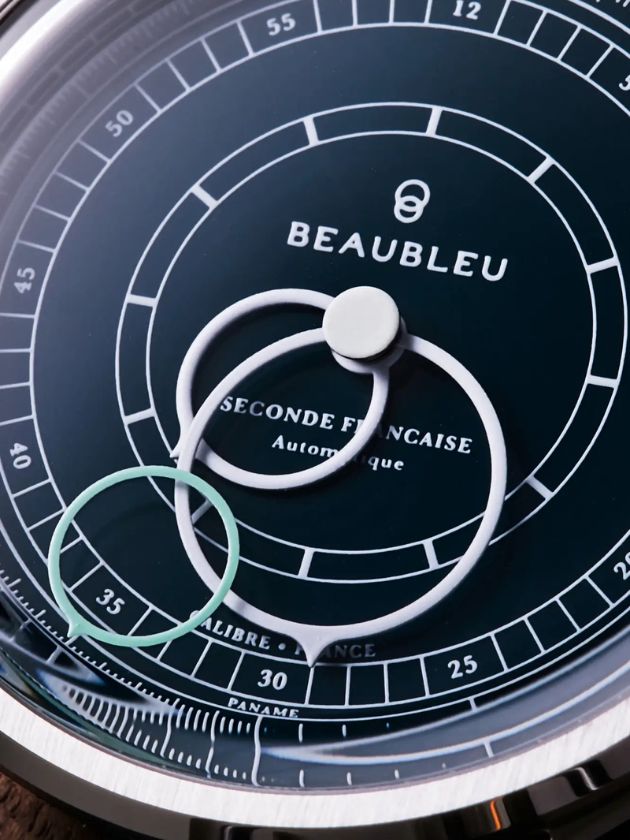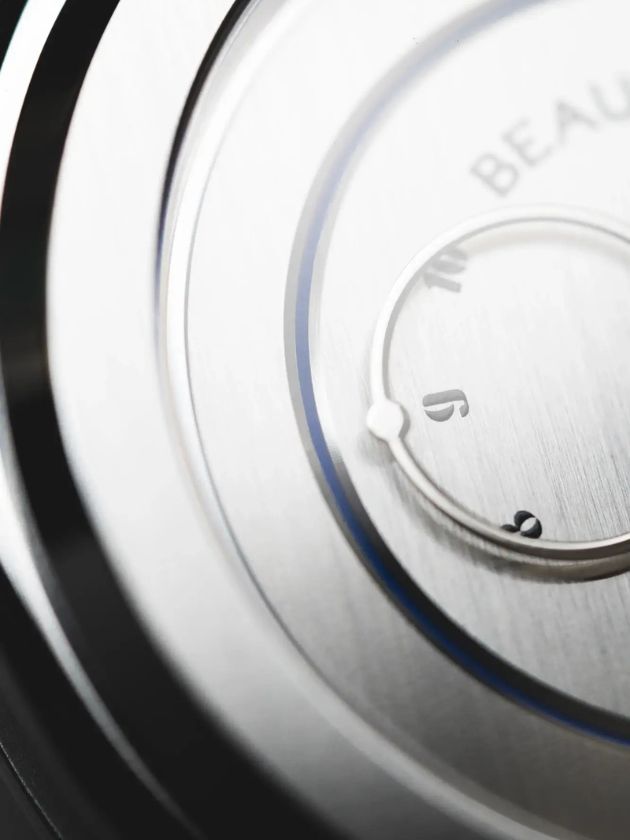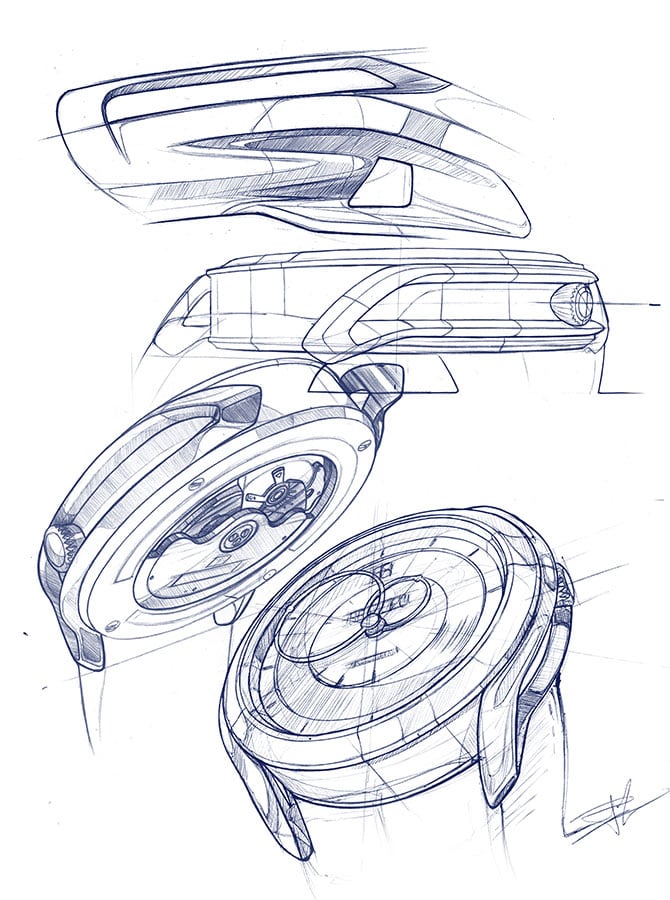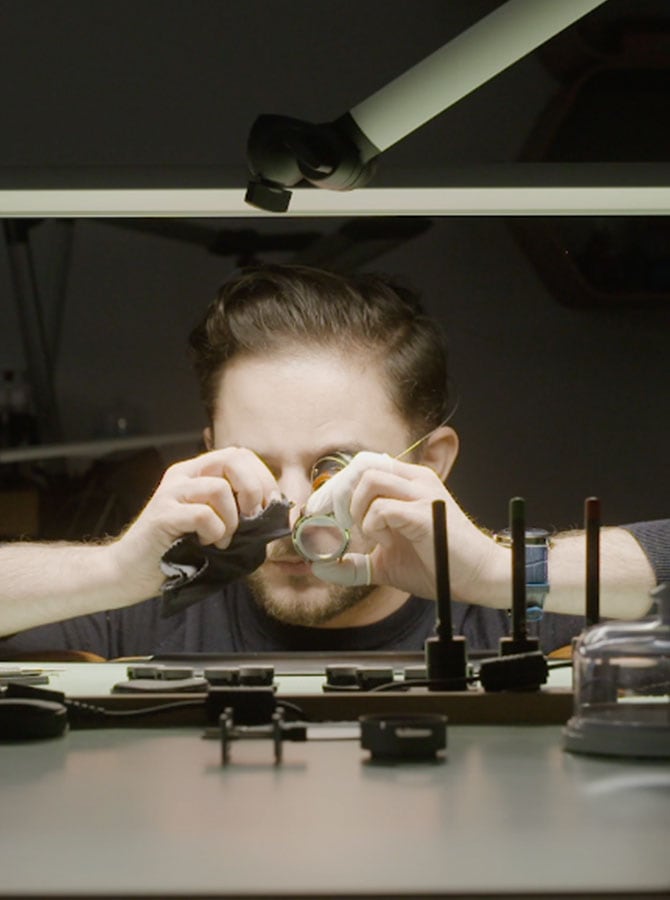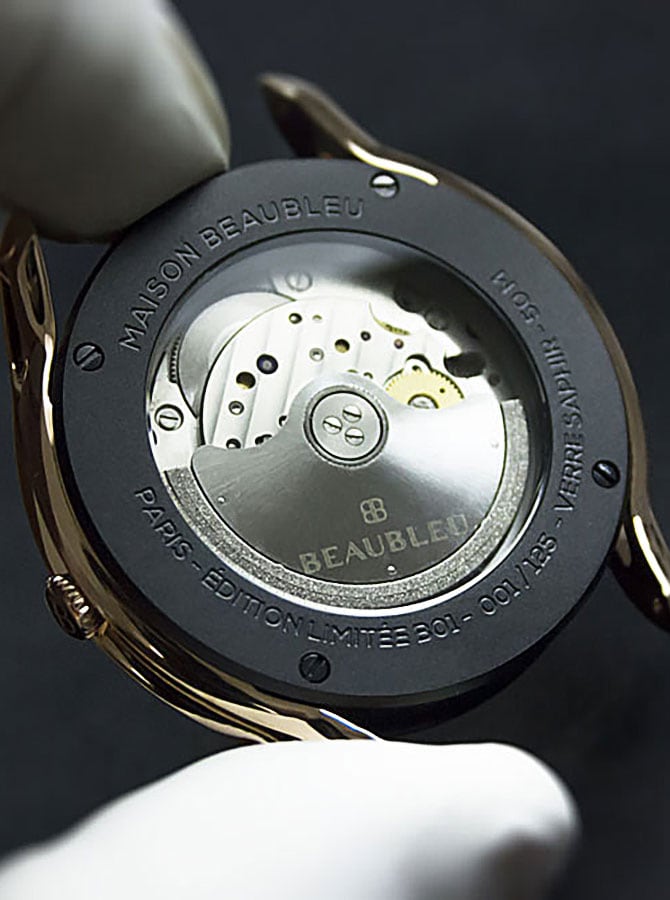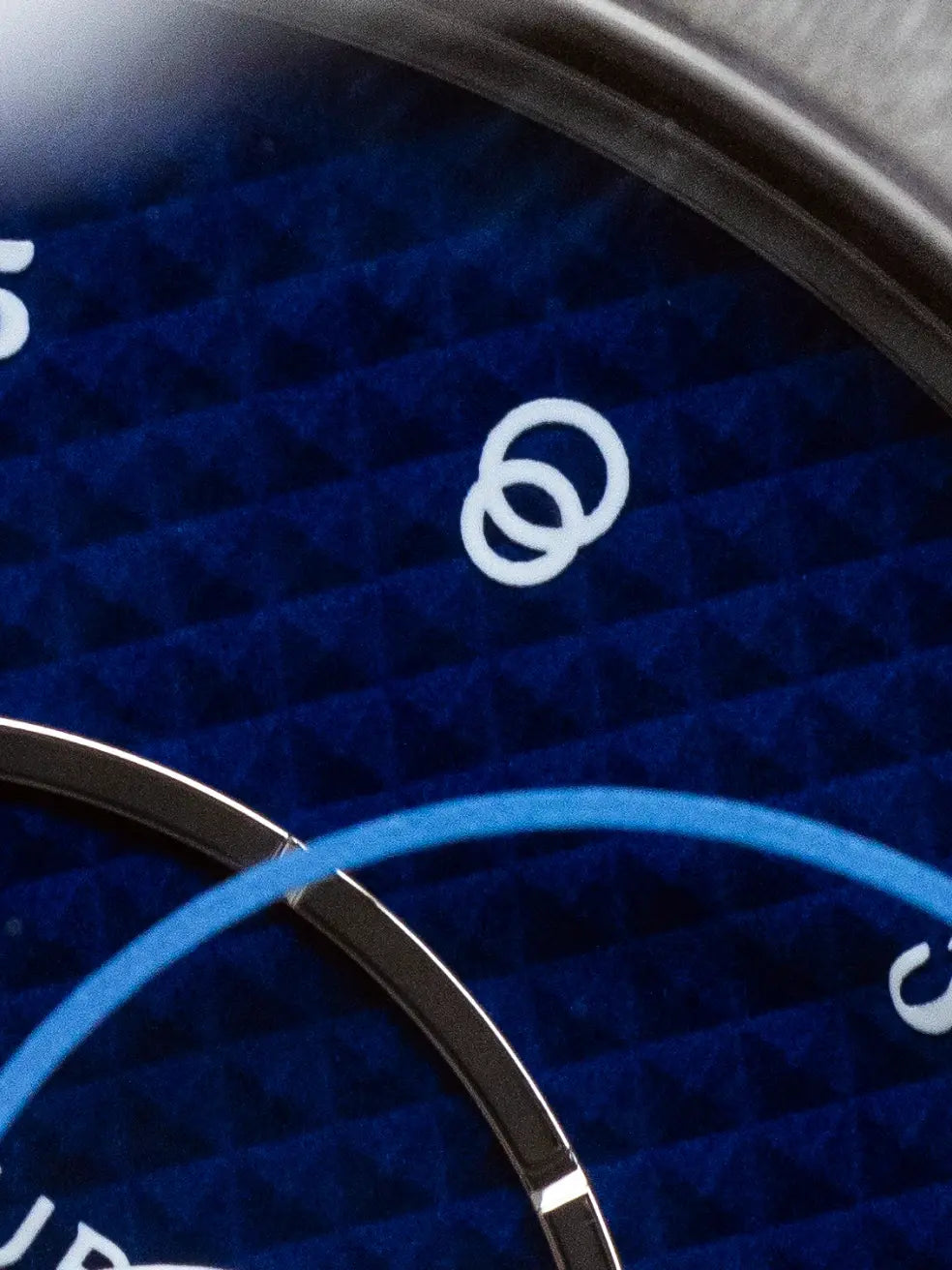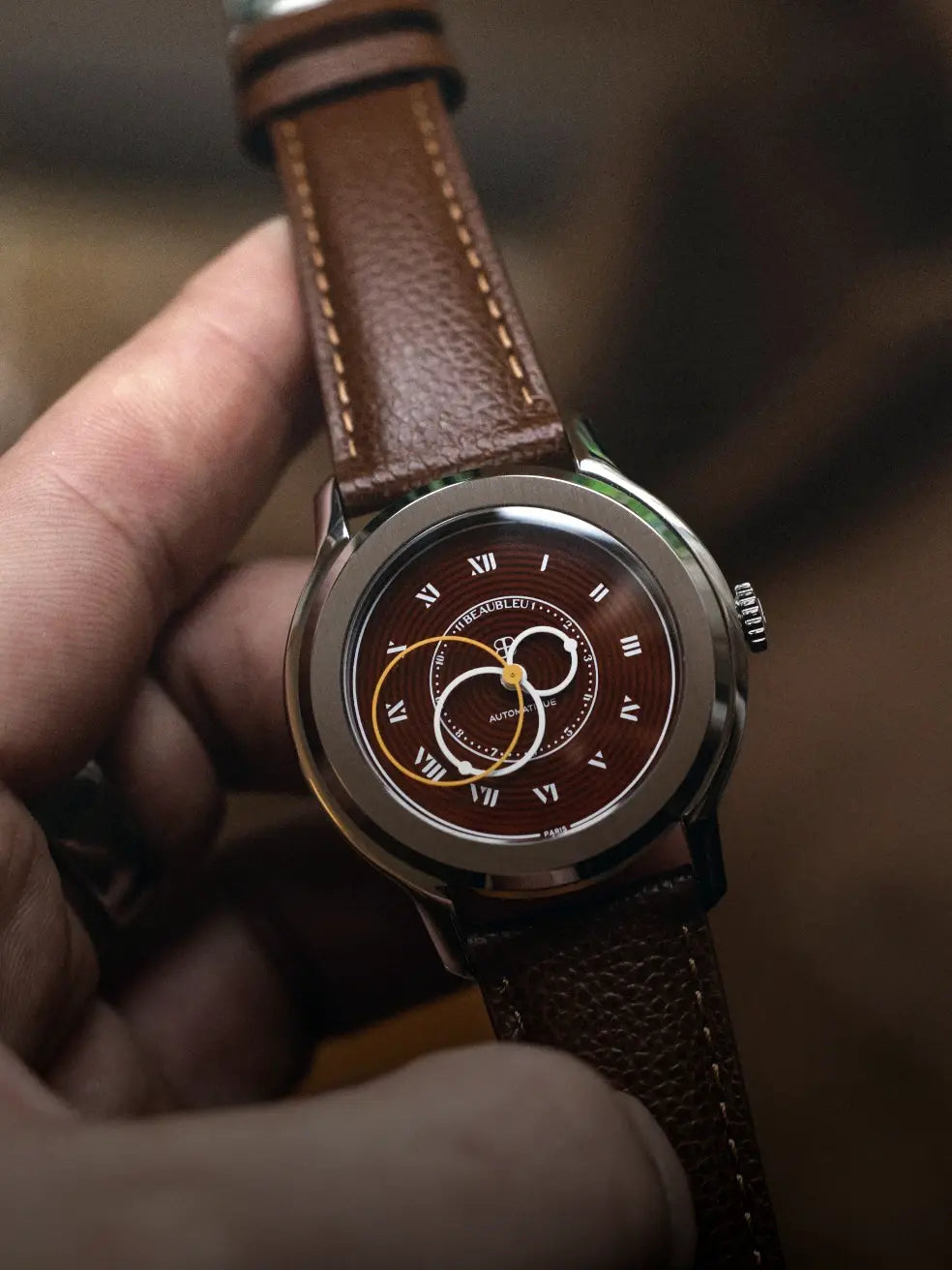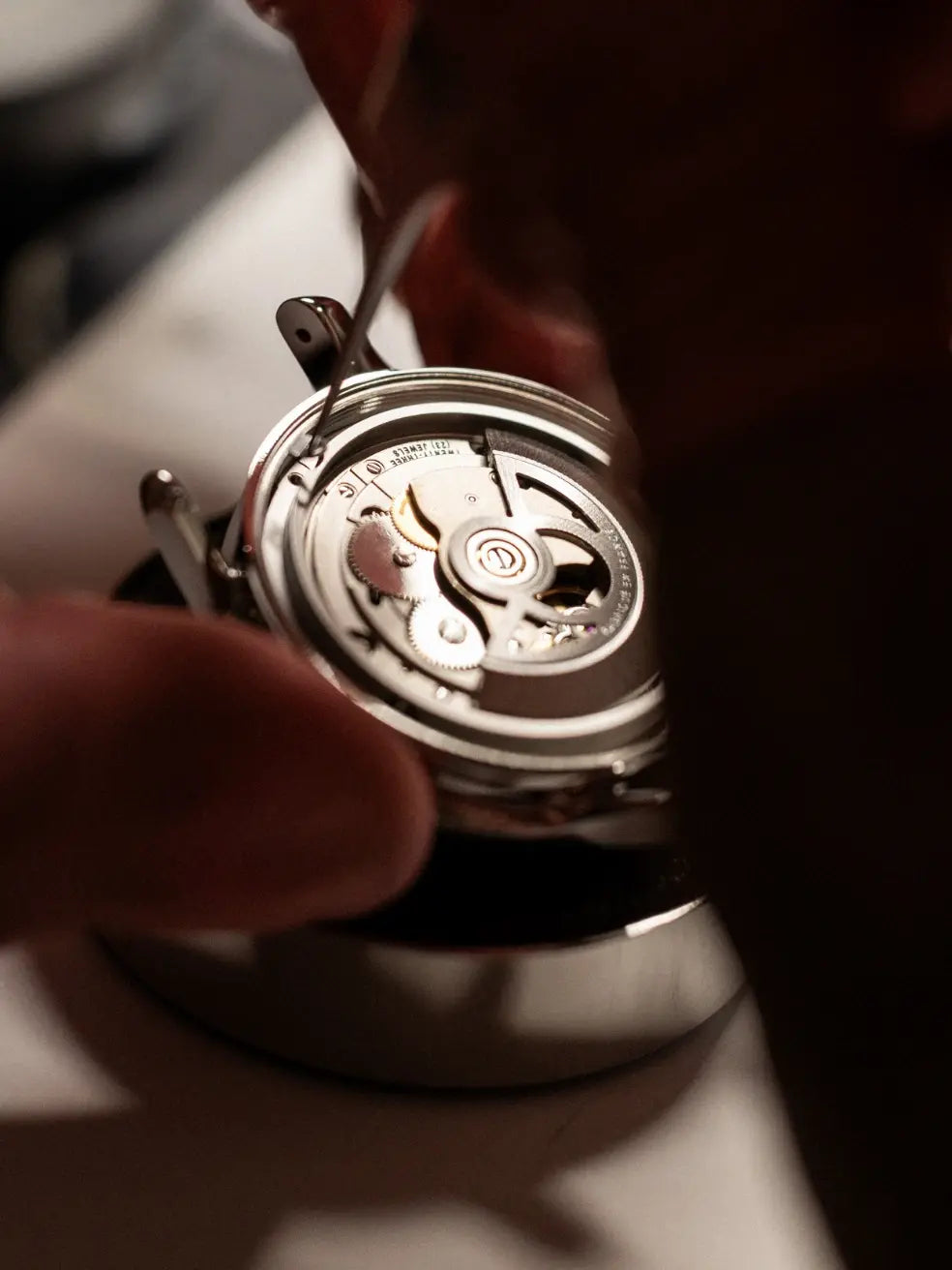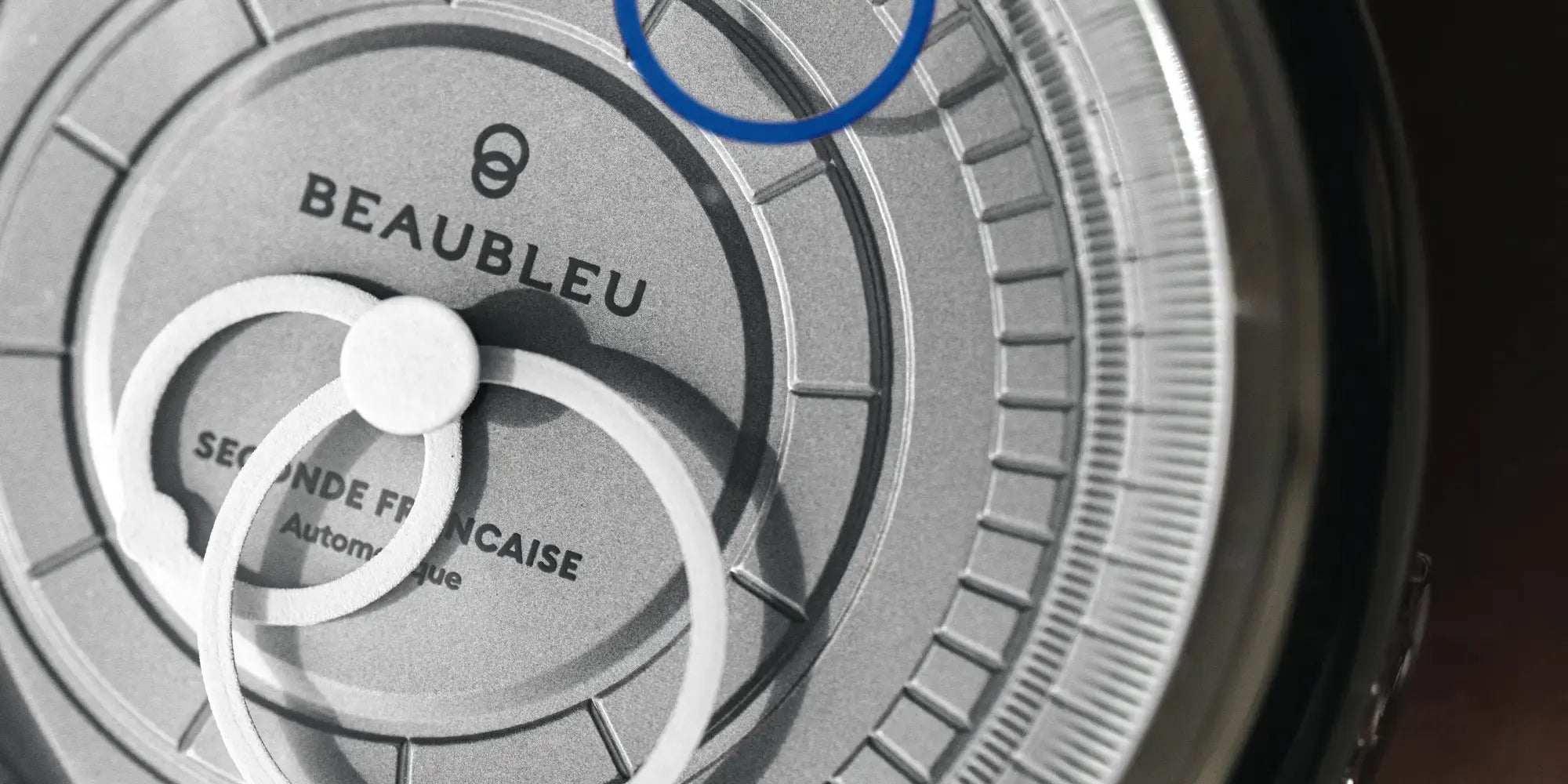
How do you know if a watch is waterproof?
Purchasing a waterproof watch is a wise choice for those looking for a timepiece that can withstand the hazards of everyday life, including exposure to water and humidity. But how do you know if a watch is truly waterproof? Here are the key elements you need to know to assess this criterion and choose the right watch.
Understanding the water resistance indications on a watch
The first step in assessing whether a watch is waterproof is to carefully examine the markings engraved on its dial or caseback. These markings, expressed in ATM (atmospheres), bars, or meters, reflect the watch's ability to withstand water pressure.
A watch rated at 3 ATM (or 30 meters) can withstand splashes or rain, but should not be submerged. At 5 ATM (or 50 meters), it tolerates brief immersion, such as during a shower or hand washing. Watches rated at 10 ATM (or 100 meters) are suitable for swimming and moderate water activities. For more demanding water sports or recreational diving, consider models rated at 20 ATM (or 200 meters) and above.
It is important to note that these values correspond to tests carried out in a laboratory, under static conditions. In real-life use, with water movement and temperature variations, performance may vary. A watch indicated as water-resistant to 30 meters should therefore never be worn underwater.
Discover the Seconde Française collection, a 5 ATM waterproof edition.
The materials and components of a waterproof watch
A watch's water resistance depends heavily on the quality of its components. The case, often made of stainless steel or titanium, must offer optimal corrosion resistance to ensure lasting water resistance. Gaskets, usually made of rubber or silicone, play a vital role by forming a barrier against water infiltration at critical points such as the case back, crown, and pushers.
A screw-down case back offers better protection against water than a simple clip-on case back. Similarly, a screw-down crown is essential for models designed for diving or prolonged exposure to water, as it prevents water from entering through this opening. Finally, sapphire crystal, which is more resistant to scratches and pressure than mineral glass, also helps maintain the integrity of the water resistance.
Maintaining a waterproof watch
Contrary to popular belief, the water resistance of a waterproof watch is not a permanent feature. Seals can deteriorate over time, materials can wear out, and overall effectiveness can diminish. Regular maintenance is therefore crucial to maintain its performance.
It is strongly recommended that you have your watch's water resistance tested every two years, and always before a period of intensive use in water, such as a seaside vacation or water sports. This check, carried out by a qualified watchmaker, allows you to detect any weaknesses and replace worn components if necessary.
After exposure to salt or chlorinated water, a thorough rinse with fresh water is essential to prevent corrosion and deterioration of materials. It is also imperative to always ensure that the crown is properly screwed down before immersion.
When not being worn, a waterproof watch should be stored in a dry environment and away from excessive humidity to prevent internal condensation and premature aging of the gaskets.
The limits of a waterproof watch
It's important to recognize that even the most advanced waterproof watches have limitations. Waterproof ratings should not be interpreted literally as a maximum immersion depth. They represent a theoretical static pressure that the watch can withstand in a laboratory setting.
Significant thermal shocks, such as a sudden change from intense heat to cold water, can weaken the gaskets or cause slight deformation of the case, thus compromising the water resistance. Similarly, a powerful jet of water, such as that from a high-pressure shower, can exceed the nominal resistance of a watch, even if it is considered waterproof.
Additionally, an impact to the glass or bezel can cause internal damage, sometimes invisible, which can affect water resistance. A watch that has suffered an impact should be inspected by a professional, especially if it is regularly exposed to water.
Leak tests
While examining the markings and understanding the materials provide an initial indication of a watch's water resistance, some simple tests can provide additional insights, although they are no substitute for professional inspection. For example, the absence of fogging under the crystal after a moderate temperature change (such as moving the watch from your wrist to a cooler surface) may suggest that the seals are watertight.
However, this test remains rudimentary and does not guarantee perfect water resistance under pressure. Similarly, carefully observing the perimeter of the glass, caseback, and crown for any gaps or visible defects can provide a visual indication. However, this does not definitively determine the ability of a waterproof watch to withstand immersion. It is crucial to understand that these personal observations are only indications. Indeed, only a water resistance test carried out by a qualified watchmaker with appropriate equipment can certify the true readiness of a waterproof watch to cope with the aquatic conditions for which it is designed.
These professional tests simulate different pressures and check for water infiltration, providing a reliable assessment of your watch's water resistance.
Determining whether a watch is waterproof involves understanding the meaning of these indications, assessing the quality of the construction and materials, practicing regular maintenance, and respecting the watch's usage limits. However, while personal observations can provide clues, only a professional test conducted by a qualified watchmaker can certify a waterproof watch's true ability to withstand aquatic conditions. A waterproof watch is a valuable ally for an active lifestyle, provided you take care of it and adopt good practices.
